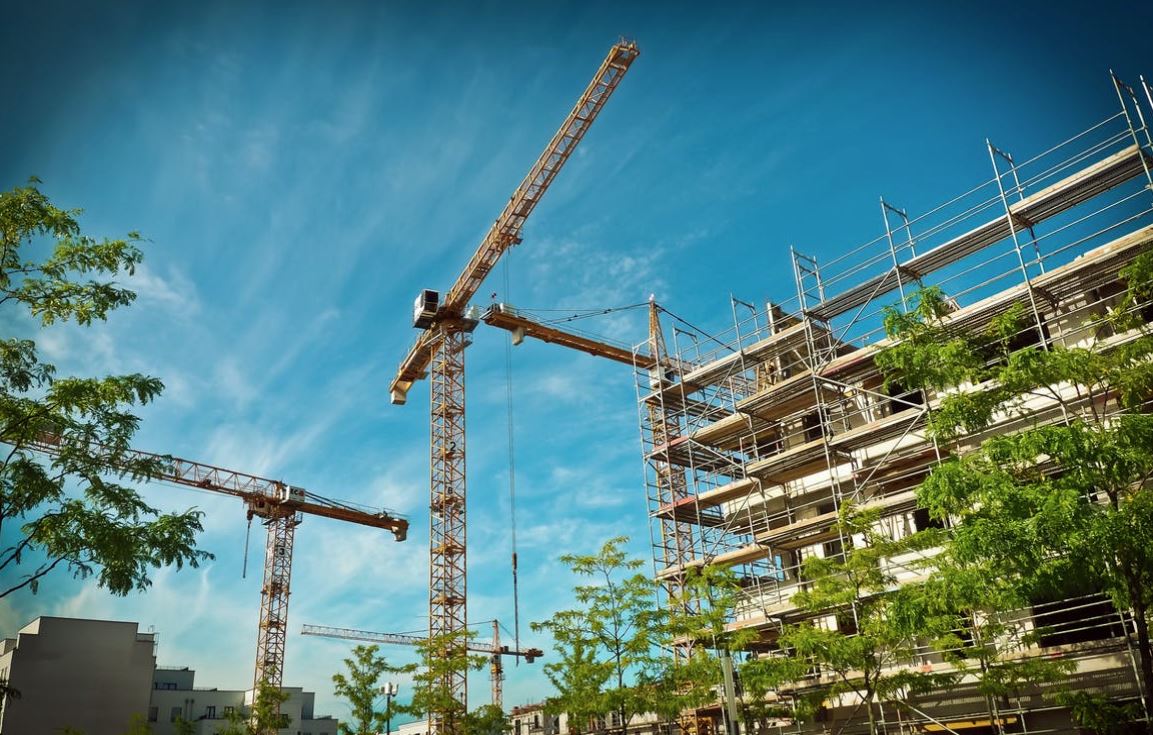Technology continues to provide new solutions for problems, and this ability is extending to vital fields such as construction. Computerization, mobile technologies, interconnecting software programs and high-tech materials are changing the way buildings are being made and erected. These improvements are allowing structures to be more energy-efficient and cost-effective. Here are just a few of the technologies that continue to advance construction techniques.
Improving Energy Use
One of the problems of urban development is the construction of “heat islands,” structures that replace natural vegetation with concrete pavement, buildings and other items that attract and hold heat. This effect increases the use of energy that is needed to cool home and building interiors. Adding “green roofs” that contain trees, shrubs and vines can help to reduce the amount of heat absorbed by building materials & decrease the amount of energy needed for interior cooling. Planting trees and shrubs in parking lot areas can also help to reduce heat island effects.
3D Printer Construction
The new 3D printing technology is allowing units to be taken on-site to create structures for disaster recovery, bridges and other types of construction to be done quickly and cost-effectively. The on-the-spot construction will allow construction teams to set up new structures within hours, for a variety of situations.
Virtual Reality in Construction
Virtual reality is allowing immersive experiences that designers, developers and architects can use to show prospective clients exactly how a structure will function after it is built. It can also ensure that changes made will be workable in the finished construction of a home or commercial building.
Innovative Reinforcing Compounds
Newly developed materials are making building reinforcement easier and more cost-effective to engineer. This ability can be a critical process in areas where earthquake or weather conditions are changing rapidly.
Unmanned Aerial Vehicles for Site Monitoring
Drones are being used in construction to provide on-site, immediate information about construction sites and the monitoring of construction progress. This technology has become a time-saver for a variety of tasks that would ordinarily require physical presence on the construction location. The drones can transmit 3D images, maps and photos to the design team enhance productivity.
These and other technologies are already revolutionizing the way design and construction is being accomplished in the field. New applications are sure to be developed to increase the ability to use materials more efficiently, to reduce costs and improve function throughout the industry. The techniques will make it easier to provide structures for home and for business, in every part of the world.





